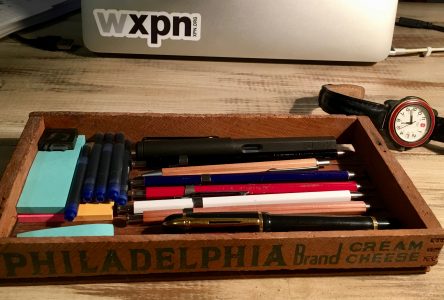Jenny Odell’s main idea in her book, “How to Do Nothing” is to remind us that we do not need the attention economy in order to be productive or successful like social media or ads would have us believe. Before reading this book I was not sure exactly what the attention economy was, but after looking it up and realizing that my attention was an actual commodity that was being manipulated and sold/bought by other people, I began to understand Odell’s project a bit better.
I believe that her overall project is that she wants people to think and act on their own without being controlled by the attention economy. She really wants us to realize that doing nothing can be, in fact, doing more than when we are doing something that the attention economy deems useful or necessary. Odell even tells us in the book that she feels it is, “an activist book disguised as a self help book.” This further makes me believe that her aim, or her project in, “How to Do Nothing” is to rally people together and “do nothing” to, “help people find ways of connecting that are substantive, sustaining, and absolutely unprofitable to corporations”.
Jenny Odell does a careful job informing us on how she feels about the attention economy without acting too much like the said attention economy herself. She simply tries to bring your attention back to where it would have been if there was no attention economy around. Odell wants us to, “disengage from the attention economy” and to, “re engage with something else.”
Social media plays a big part in the attention economy without people realizing it. According to platforms such as snapchat and instagram, we cannot be as successful as we want unless we are doing exactly what the influencers on those platforms are doing. Everyday when I look on instagram and snapchat I see many stories about how people became successful and are living their life in luxury because of something they did.
Companies take advantage of the fact that everyone wants to live an extravagant life where money is no issue and they steal your attention away to focus you on something “useful”. Odell’s project tries to make us realize that you don’t need to do what is deemed “useful” in order to actually be useful. She has an amazing example of this in her book when she talks about the useless tree story. The part of the story I am referring to is this, “The tree points out to him that fruit trees and timber trees are regularly ravaged. Meanwhile, uselessness has been this tree’s strategy: ‘This is of great use to me. If I had been of some use, would I have ever grown this large?’” Breaking away from the attention economy may seem similar to doing nothing or being “useless” to the people running it, but in fact this doing nothing is where creative, new, useful ideas come from.
By disconnecting from our connected world, we allow ourselves to think on our own instead of the attention economy directing our attention somewhere it thinks is “useful” or essential to life. Just because we are not thinking how everyone else wants us to think, does not mean we are doing something wrong. It just means that we are able to tear ourselves away from the addictive attention economy that now drives our country’s economics and possibly be creative in a way that could change the world for the better.
I can tell that Jenny Odell is against organizations who profit off of people’s attention not only because she has explicitly stated so in the book, but also because she herself seems to be a naturally creative person. The perspective she has as an artist as well as a writer really explains her stand on the attention economy. Her entire livelihood is based off of the ideas that come into her head and the creative input that she gathers from the texts of others. According to Odell, the attention economy stunts the creativity of others and does not allow people to get in touch with who they truly are. Instead of the attention economy making people believe that the thoughts and ideas they have are useful, it gives them a false standard to look at and makes them believe that in order to be as successful as others they have to abandon their “useless” ideas and in turn adopt the useful ideas that are being presented to them.



